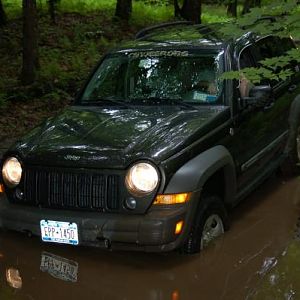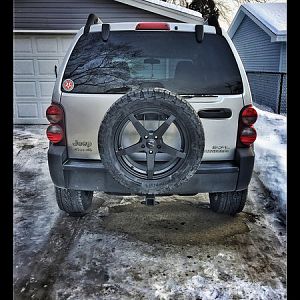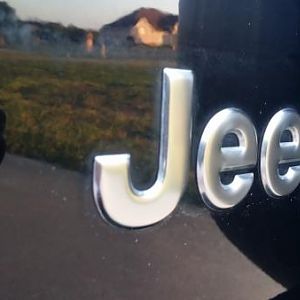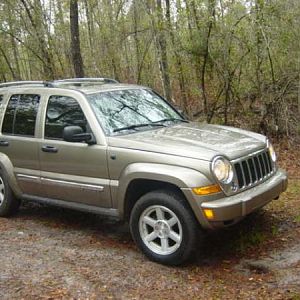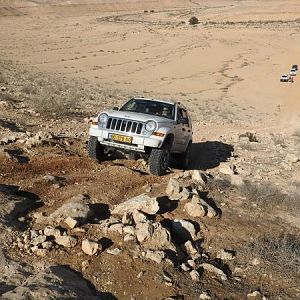ShafferNY
Full Access Member
Check out this area above the rear glass. I've seen four other Liberty's with rust in this exact area, in the exact same side.
Notice the corrsion on the hinges too.
I tend to think the Liberty, or at least mine anyway, has some serious electrolysis going on between the steel and aluminum componets. Either that it's the poor surface prep prior to the paint being laid down.
It's as if the thing is eating itself to pieces.
I doubt road salt is the cause of this.
You must be registered for see images
You must be registered for see images
Notice the corrsion on the hinges too.
You must be registered for see images
I tend to think the Liberty, or at least mine anyway, has some serious electrolysis going on between the steel and aluminum componets. Either that it's the poor surface prep prior to the paint being laid down.
It's as if the thing is eating itself to pieces.
I doubt road salt is the cause of this.





